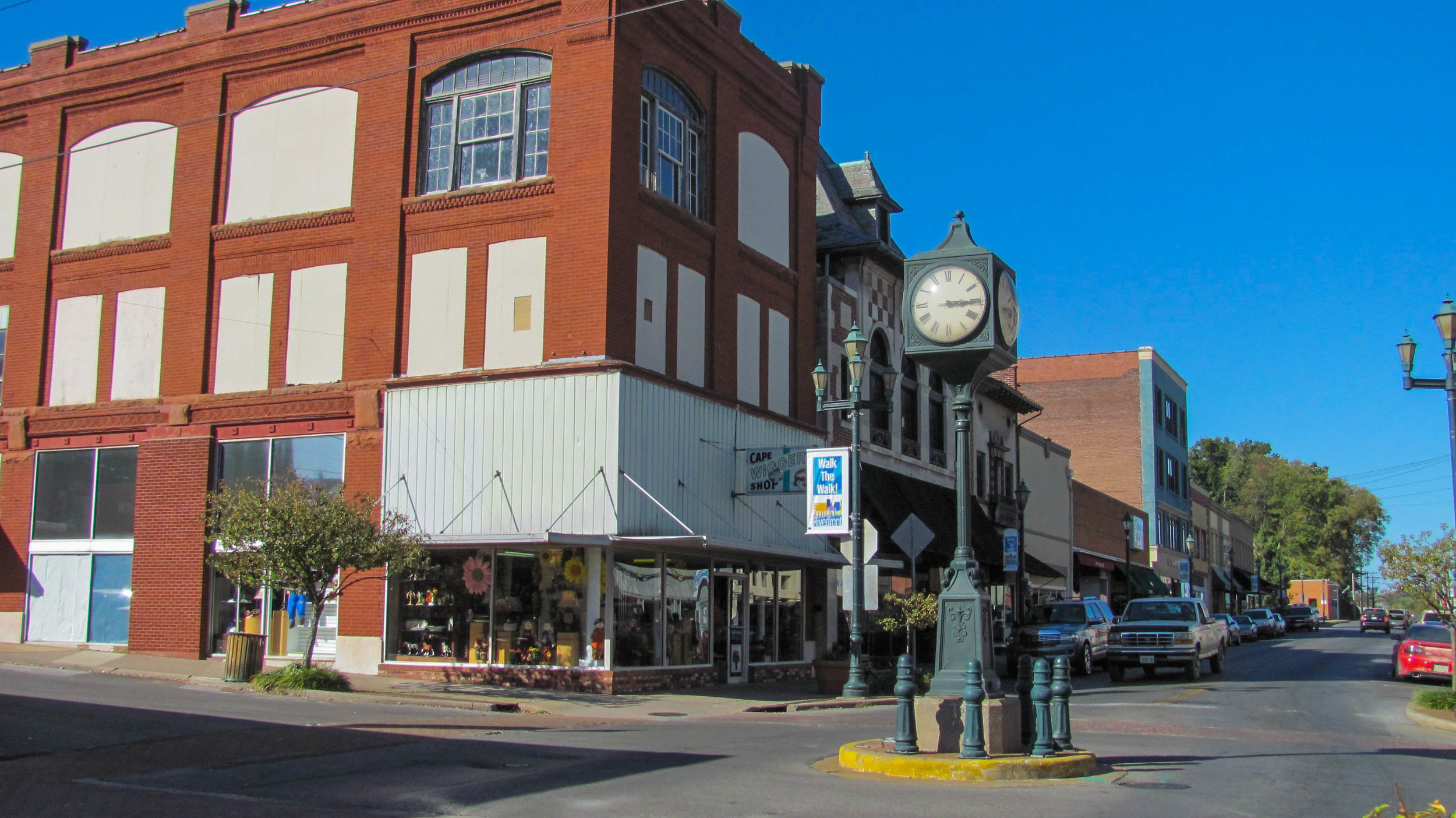Visitors Guide to Jackson County, Illinois
Lake Murphysboro
Murphysboro, Illinois
Although humans have inhabited Jackson County as far back as 11,500 years ago it was not until the early 19th century that European settlers began occupying the area to take advantage of the inexpensive land along the Mississippi River and in the forested hills with its one-hundred-foot trees. When the European settlers arrived the area was occupied by the Kaskaskia tribe. The Federal government set aside land in the northwest portion of the county for the Kaskaskians and in the early 1800s there were about sixty lodges on the reservation. By the time of the War of 1812 there were enough people in the region of the Big Muddy to constitute a company of Rangers. Such a company was commanded by Captain William Boone.
The first industries in Jackson County were the manufacture of salt and coal mining. Salt springs on the Big Muddy River were discovered in 1814 and 1815 and salt works spring up to extract the salt from the water. Jackson County was organized in 1816, having been carved out of Randolph County. The county was named after General Andrew Jackson, the hero of the Battle of New Orleans who would later become the seventh President of the United States. The community of Brownsville, which has grown up around the salt works was chosen as its first county seat. Jackson County is under laid with a very fine quality of coal and the quantity is in abundance. The first coal mine in Illinois opened in 1811 along the banks of the Big Muddy River.
Murphysboro became the second county seat of Jackson County after a fire destroyed the courthouse in Brownsville. The town site was platted on a 20-acre tract of land which comprised the boundaries of Murphysboro was donated by Dr. John Logan and Elizabeth Logan. In the early 1850s the Illinois Central was built through Jackson County. In 1852 a group of businessmen bought 360 acres of land along the right of way for the railroad and founded Carbondale. The site chosen was conveniently located between Marion and Murphysboro and between proposed railroad stations at Makanda and De Soto. The first train came through the town on the main line north from Cairo on Independence Day, 1854.
General John A. Logan Museum
Murphysboro, Illinois
General John A. Logan was a successful Civil War military commander and politician from Murphysboro. Shortly after the war, General Logan led a parade of veterans from Murphysboro to Carbondale. General Logan invited the Confederate veterans, of which there were many in Jackson County, to march with him. Thus, what might have been another celebration of the Union victory became a memorial to the war dead on both sides. This is considered the origin of the Memorial Day holiday. A museum dedicated to Logan’s accomplishments is located in Murphysboro.
After the war, Carbondale continued to develop as a mercantile and transport center. The railroad made possible the shipping of Southern Illinois coal and fruit. By this time, Carbondale had also become an education center with the founding of Carbondale College, which later became Southern Illinois College (1866). Carbondale won the bid for the new teacher training school for the region and Southern Illinois Normal University opened in 1874. In 1947 the college had obtained full university status and the name was changed to Southern Illinois University. Today the University has an enrollment of approximately 23,000. Being the home of SIUC has given Carbondale the cultural activities usually available only in larger cities.
A section of the Shawnee National Forest is located in Jackson County. Much of the Shawnee National Forest was exhausted farmland purchased by the Federal government in the 1930s that was planted with pine trees by the Civilian Conservation Corps to prevent erosion and help rebuild the soil. The purchased land was designated as the Shawnee National Forest in 1939. Jackson County also features Lake Murphysboro State Park, Kinkaid Lake, Cedar Lake, and Giant City State Park. Giant City State Park is one of Illinois’ most popular parks. It gets its name from unique Makanda sandstone features that have been cut by water for centuries to create narrow “streets” between stone “buildings” giving rise to the sense that the area is a city populated by giants. Other features at the park include hiking, picnicking, hunting and fishing, rock climbing and rappelling, horseback riding, camping, and lodging and dining. The Shawnee Hills area is home to a number of wineries and B&Bs that are nestled among the scenery of the Shawnee National Forest.












